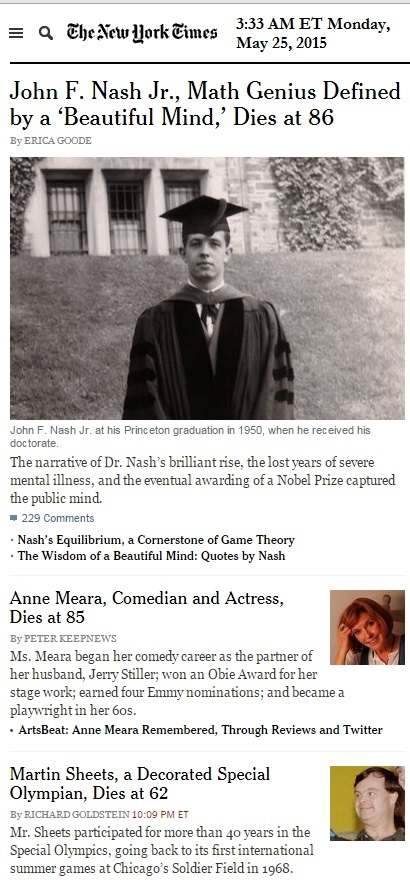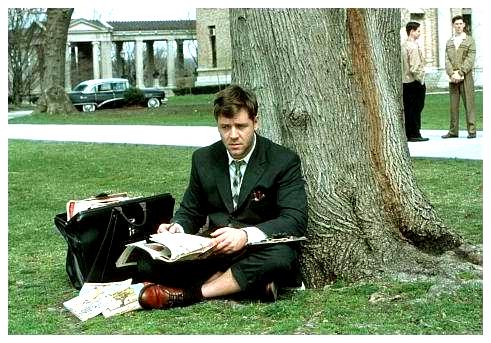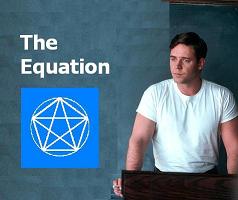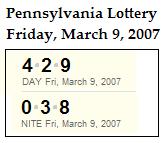The Artist’s Signature
This title is taken from the final chapter of Carl Sagan’s novel Contact.
“There might be a game in which paper figures were put together to form a story, or at any rate were somehow assembled. The materials might be collected and stored in a scrap-book, full of pictures and anecdotes. The child might then take various bits from the scrap-book to put into the construction; and he might take a considerable picture because it had something in it which he wanted and he might just include the rest because it was there.”
— Ludwig Wittgenstein, Lectures and Conversations on Aesthetics, Psychology and Religious Belief
“Not games. Puzzles. Big difference. That’s a whole other matter. All art — symphonies, architecture, novels — it’s all puzzles. The fitting together of notes, the fitting together of words have by their very nature a puzzle aspect. It’s the creation of form out of chaos. And I believe in form.”
— Stephen Sondheim, in Stephen Schiff, Deconstructing Sondheim,” The New Yorker, March 8, 1993, p. 76
|
“All goods in this world, all beauties, all truths, are diverse and partial aspects of one unique good. Therefore they are goods which need to be ranged in order. Puzzle games are an image of this operation. Taken all together, viewed from the right point and rightly related, they make an architecture. Through this architecture the unique good, which cannot be grasped, becomes apprehensible. All architecture is a symbol of this, an image of this. The entire universe is nothing but a great metaphor.”
— Simone Weil, sister of Princeton mathematician André Weil, First and Last Notebooks, p. 98
|
This passage from Weil is quoted in
Gateway to God,
p. 42, paperback, fourth impression,
printed in Glasgow in 1982 by
Fontana Books
“He would leave enigmatic messages on blackboards,
signed Ya Ya Fontana.”
— Brian Hayes on John Nash,
The Sciences magazine, Sept.-Oct., 1998
“I have a friend who is a Chief of the Aniunkwia (Cherokee) people and I asked him the name of the Creator in which
he replied… Ya Ho Wah. This is also how it is spoken in Hebrew. In my native language it is spoken
Ya Ya*,
which is also what Moses was told
at the ‘Burning Bush’ incident.”
— “Tank” (of Taino ancestry), Bronx, NY, Wednesday, April 17, 2002
From a website reviewing books published by
Fontana:
1/17/02: NEW YORK (Variety) – Russell Crowe is negotiating to star in 20th Century Fox’s “Master and Commander,” the Peter Weir-directed adaptation of the Patrick O’Brian book series.
Hmmm.
*For another religious interpretation of this phrase, see my note of October 4, 2002, “The Agony and the Ya-Ya.”

































